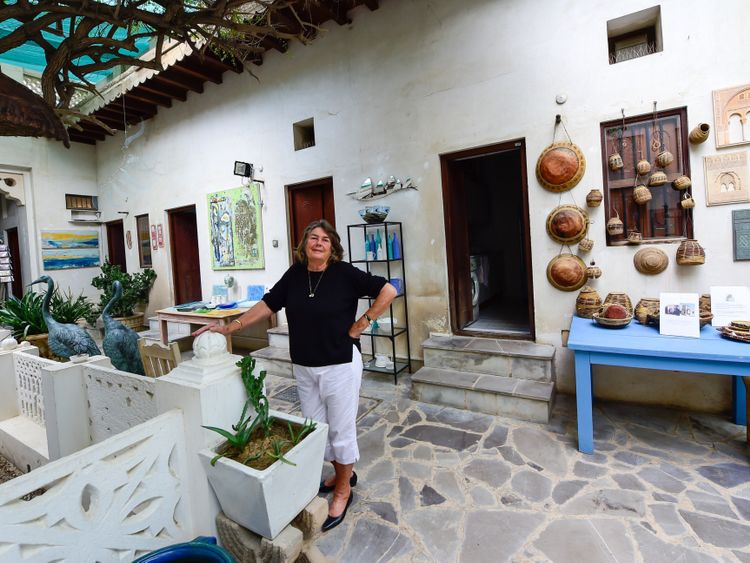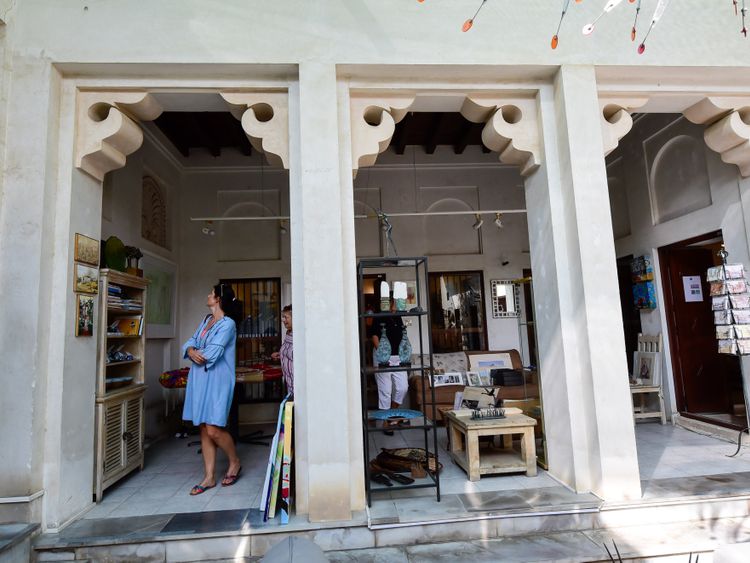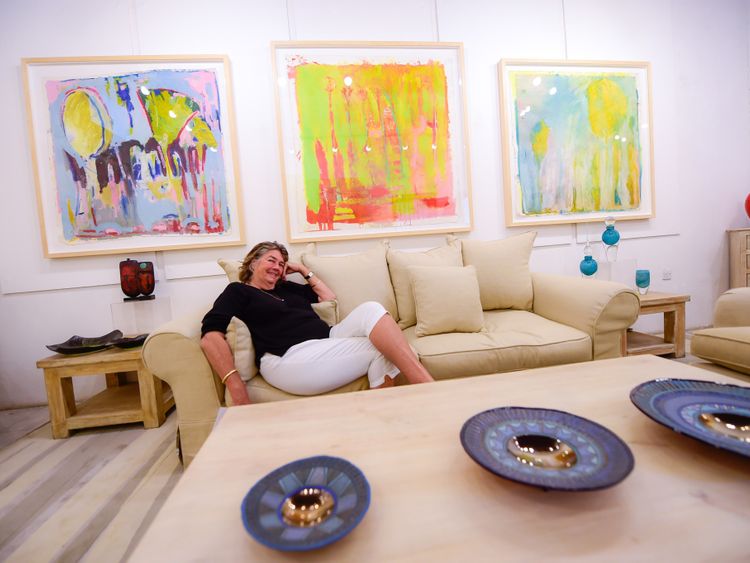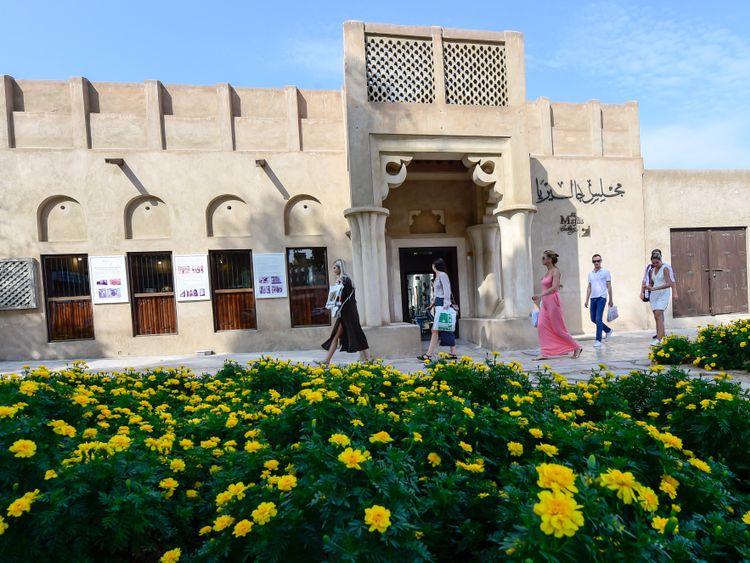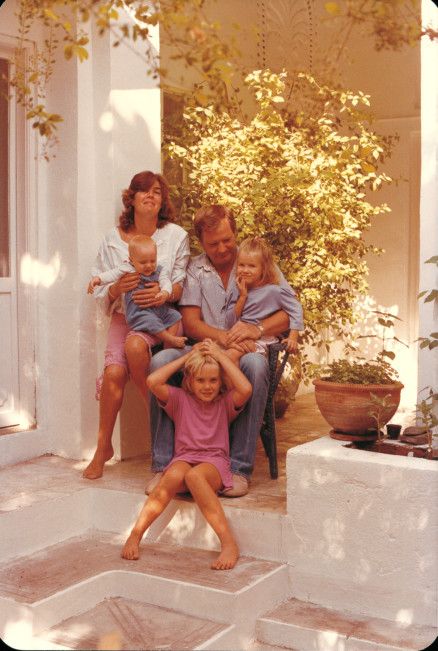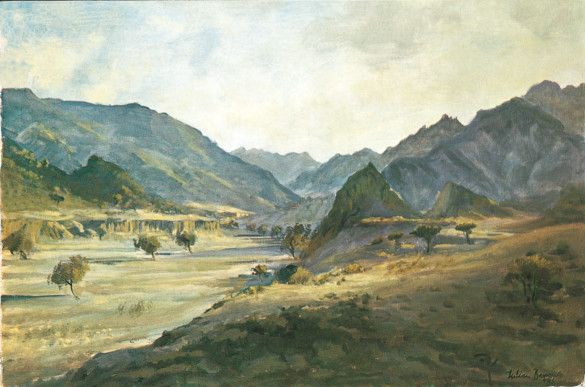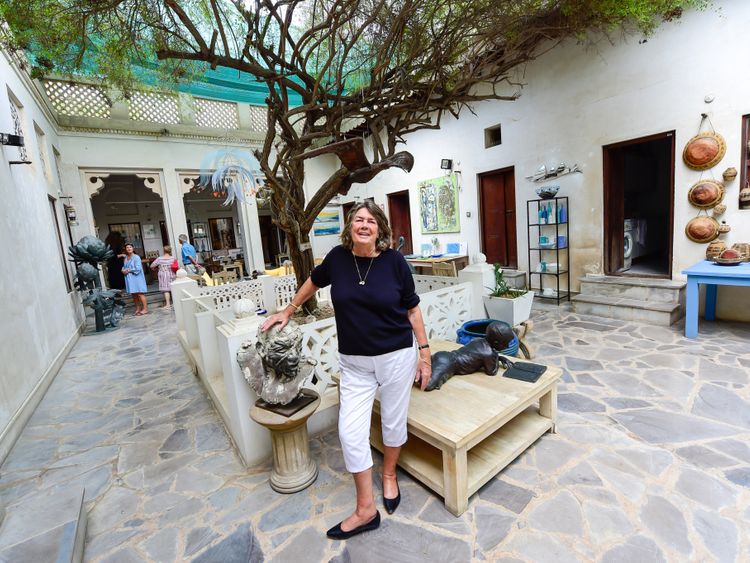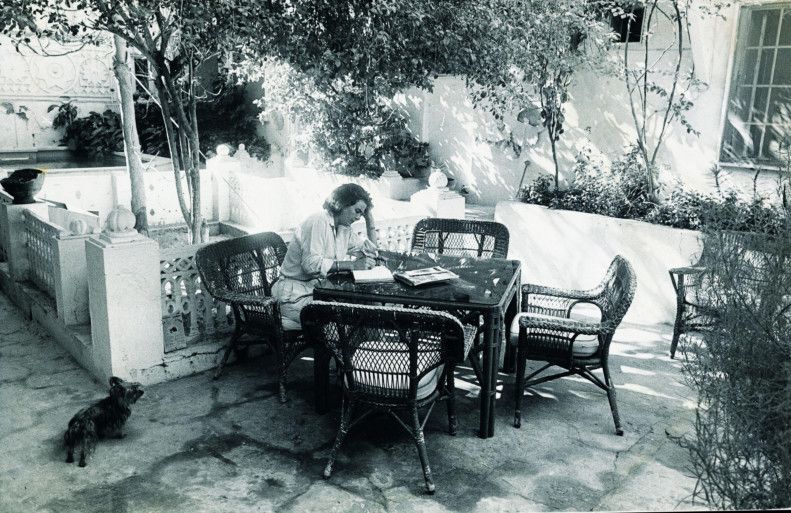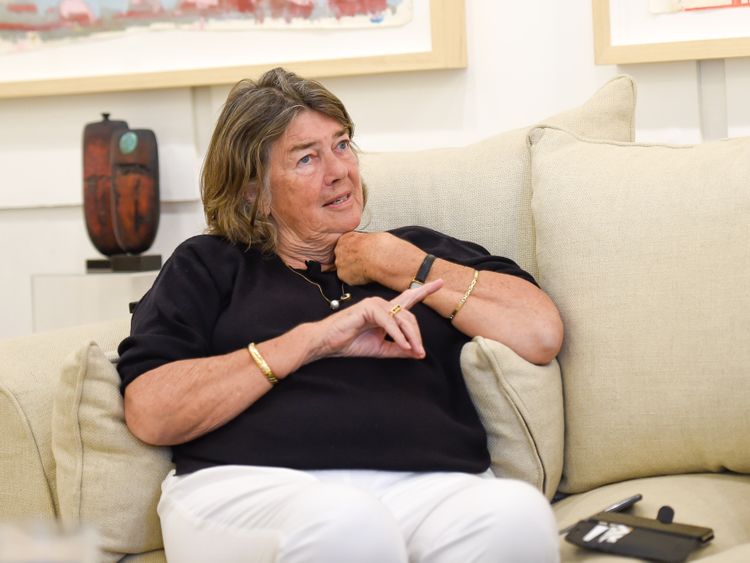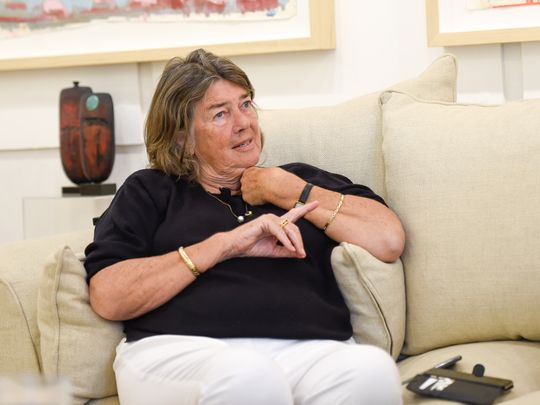
Dubai: Imagine landing in the airport in the midst of a storm and expecting to be welcomed by a “paper plane” being shot at you by someone standing in the balcony? Well, that’s precisely how British expat Alison Collins recalls arriving in Dubai 43 years ago.
“I was told that sponsors flew paper aeroplanes made with our paper visas and that we had to catch them. But the day I landed in March 1976 in a rainstorm, there was no one waiting for me. The kind immigration officer actually phoned the boss of the interior design company I was joining to come and collect me,” said the avid art lover and founder of the Majlis Gallery.
A veritable landmark in Bur Dubai’s Al Fahidi neighbourhood, the gallery turns 40 this year. An absorbing art house, it is like a slice of precious history in an increasingly modern landscape. But for someone who has striven to preserve its old world charm, Alison is completely at ease with all the changes happening around her.
“I believe in going with the flow,” she said, adding, “The beauty of the UAE lies in its wonderful open-mindedness to possibilities that make life better, while retaining its Bedouin values of sharing and caring.”
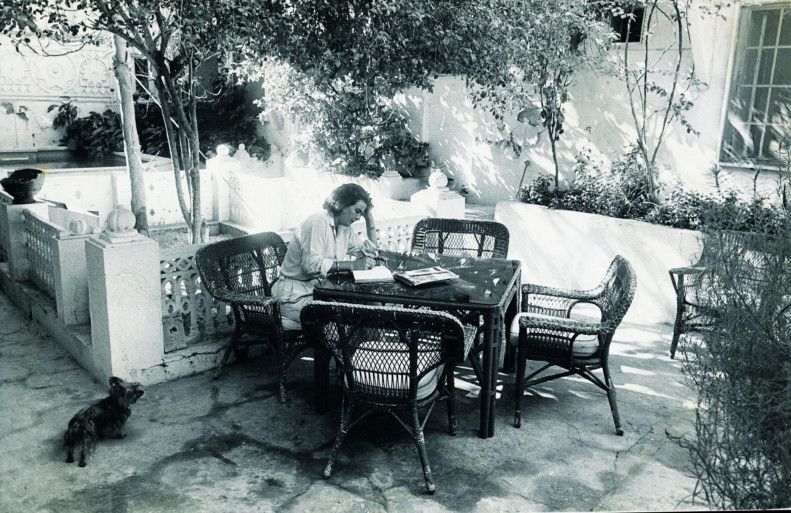
Part of an evolving story
The Briton’s own journey in the UAE is a fascinating reflection of the country’s evolution over the decades.
“When I first came, I lived and worked in a room in the Kuwait Shipping Building in Bur Dubai. My bedroom would become the office during the day. I was lucky I got a room to myself - the boys had to make do with mattresses under the drawing boards in another room. But there was something about the place that grabbed me. It was so unlike London. Dubai offered sunshine and smiles. There was a feeling of something happening – an evolving story that you felt you were part of.”
Alison said she was always attracted to Dubai’s architecture. “Even back then, I was captivated by all these structures that grew out of the sand,” she said, recounting how she had moved into the Bastakiya’s Villa 19, now Villa 52, where the gallery stands, in 1978.
“It was all thanks to two Iranian tea importers who found the house for me and negotiated a local rent. I moved in with my husband and our first-born. One year later, the famous British painter Julian Barrow knocked on my door, asking if I could help sell his paintings.
This was in November 1979, exactly 40 years ago. I agreed to display the paintings on the majlis walls by moving the furniture into the open courtyard. I even handwrote invitations and passed them on to friends. The exhibition ended up being a complete sell-out.”
Thus was born the Majlis Gallery as a homely, informal concept. The villa served as Alison’s residence for the next 10 years during which she raised three young children and hosted many informal soirees, introducing artists, both professional and amateur, to the local community.
It was also a time when her children would play with lion cubs, deer and falcons under the still-intact henna tree in the courtyard as residents sometimes brought them home for consultation with her husband who was a veterinary surgeon.
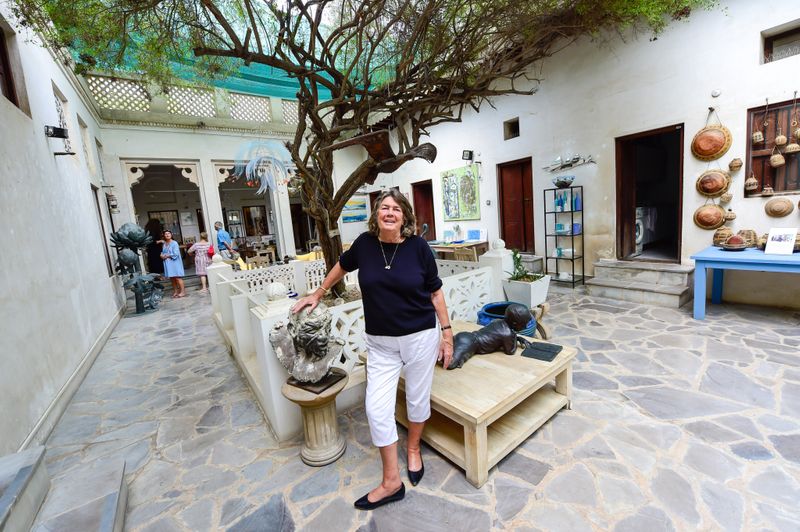
Restoration works
But as the vagaries of time took their toll, the family received an eviction order in 1988 and was forced to move out of the villa. Buildings in the area were being demolished to make way for newer constructions.
As luck would have it, the landlord called them back within a year. But this time, Alison, who had settled into her new home in Al Safa, decided to lease out the villa as a commercial gallery space. This was when Majlis Gallery became a limited liability company.
In the next 10 years, the building, which had started to fall apart, was restored under the direct supervision of the authorities. The facades were restored to their original state with Arabesque windows, decorative gypsum panels and screens. But the iconic feature of the villa-turned Majlis Gallery remained its single wind tower, reminiscent of the days when they were used to cool homes before the advent of air-conditioning and electricity.
“When families moved out of Bastakiya before its partial demolition, they left many of their possessions to be bulldozed along with thweir former homes, moving into modern villas and aprtments. For a time, it seemed only a few professionals and Westerners were interested in the old buildings and artefacts of Dubai,” wrote geographer Anne Colles and architect Peter Jackson in their book Windtower.
“Today, the same families take pride in the heritage of the wind towers which are as much a part of Dubai as the dhows that ply the Creek …,” they document, adding, “Modern Dubai exploded into the late 20th Century, but began to look back just before it was too late: enough of its material culture remained to be restored.”
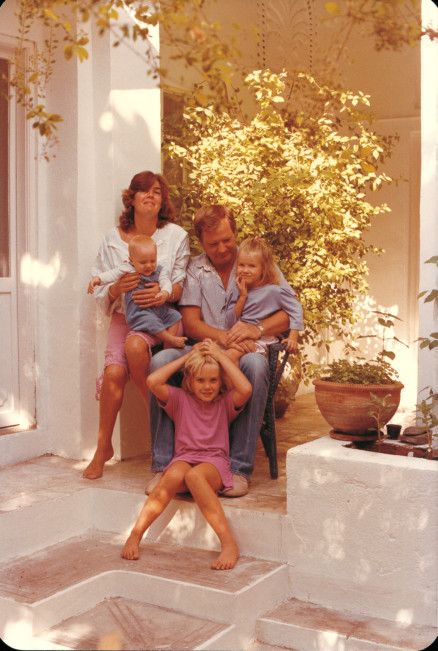
New Orientalists
Going beyond the physical restoration, Majlis Gallery, much like Dubai itself, became a pad for artists from all over the world.
“I encouraged this and even started an Artists in Residence programme so they could come stay here, explore the desert and hold solo or joint exhibitions of their resultant works,” said Collins, referring to them as the “New Orientalists”.
As she pointed out, paintings by the early Orientalists who travelled far and wide and recorded the sights of the Levant, the Middle East and Far East in the pre-photography era, went on to gain much historical importance. The paintings included those from “before the camel track moved down the Al Ain road, before the souk and the Bastakiya were restored, when Jumeirah Beach was wild and goats roamed the streets of Bur Dubai … These artists are just another chapter in the long tradition of Orientalism and in time will be equally collectable”.
According to Alison, the documentation of the UAE’s evolution by the New Orientalists is extra special. “With time, their works will be very valuable. Reason: They are unique travelogues that portray the visual beauty and cultural intensity of this area to the entire world.”

40 Years On
From February 1, 2020, Majlis Gallery will be hosting at least 40 artists who have been with the art house over the past 40 years. Called ’40 Year On’, the exhibition, which will run till the end of March, will be a celebration of four decades of all that the gallery has stood for.



